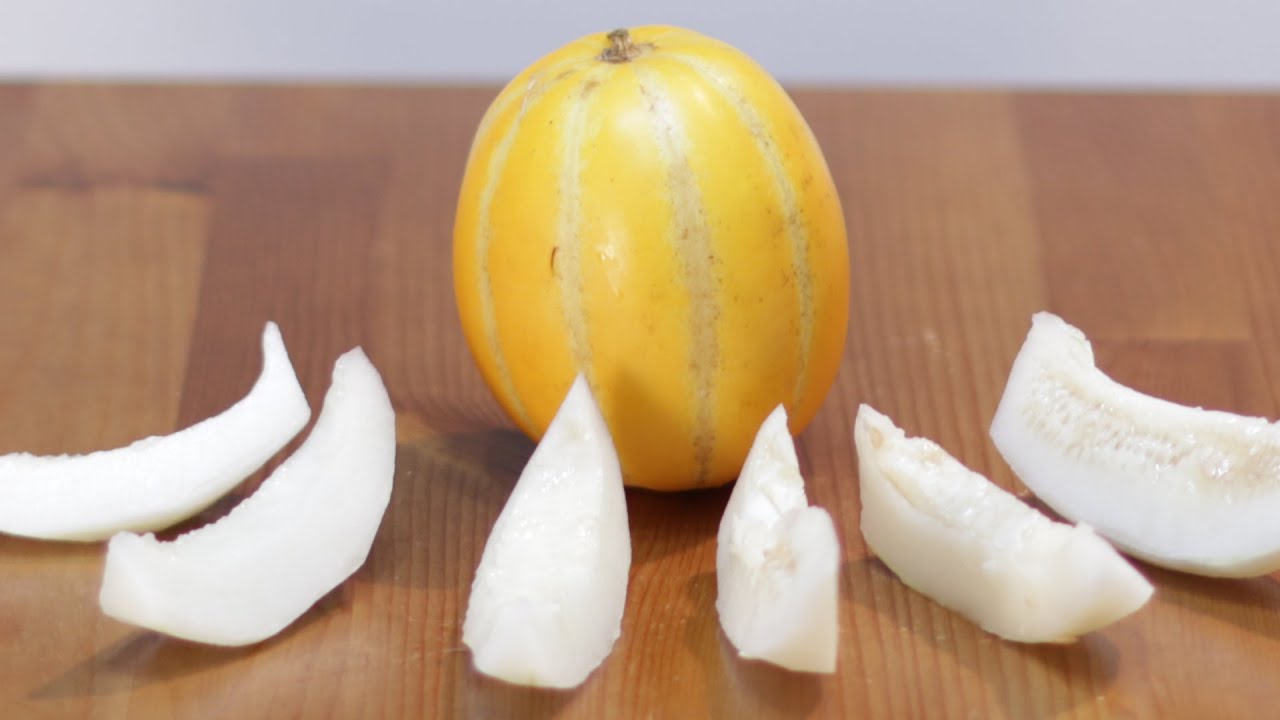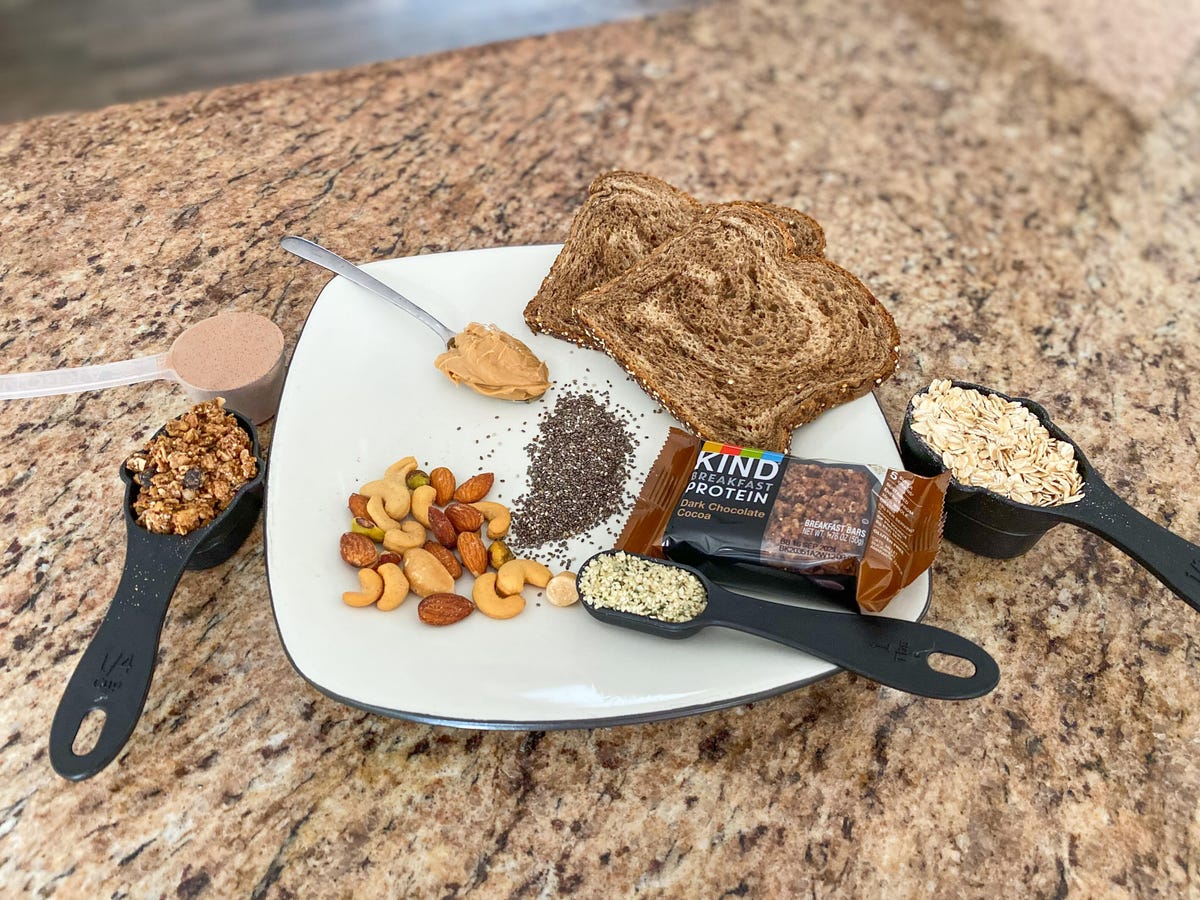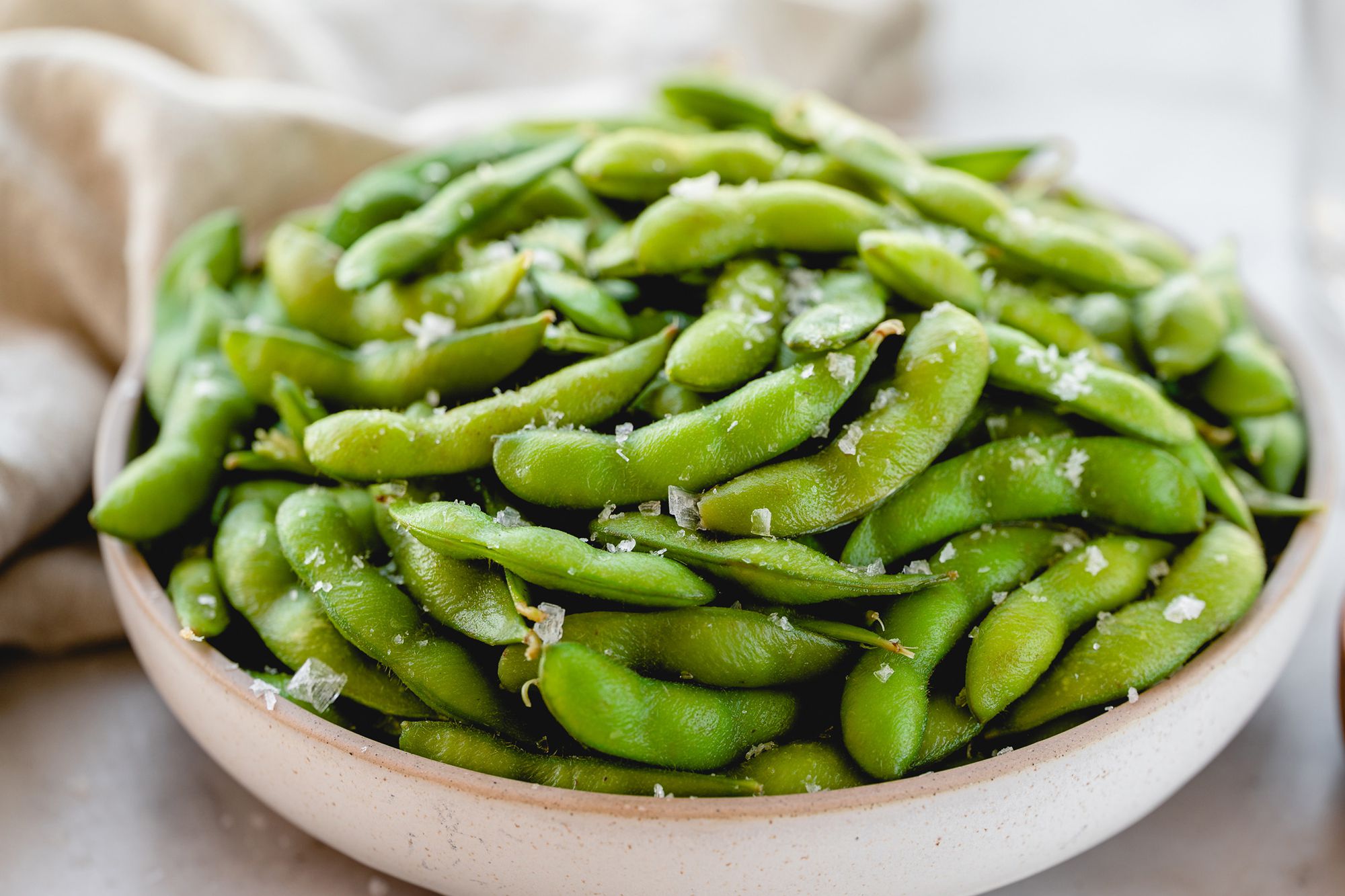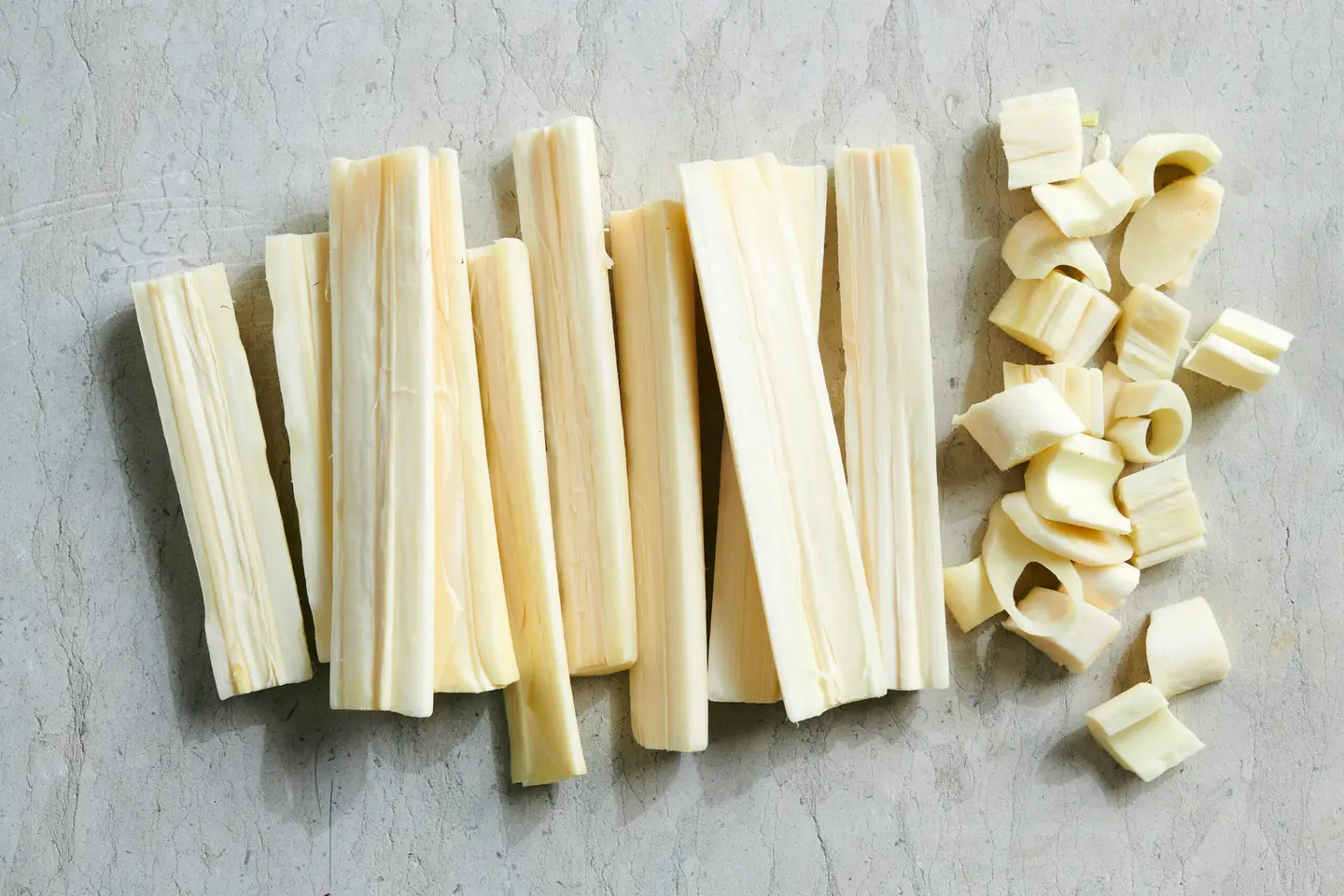What is Mad Honey?
Mad honey, also known as deli bal in Turkey, is a type of honey that is produced by bees that feed on the nectar of rhododendron flowers. This unique honey contains grayanotoxin, a natural toxin that can cause intoxicating effects when consumed in large quantities. Mad honey has been used for centuries for its potential medicinal properties and is also sought after for its distinct flavor and potential health benefits.
How to Safely Enjoy Mad Honey
While mad honey can be enjoyed in moderation, it’s important to consume it safely to avoid any adverse effects. Here are some tips on how to eat mad honey responsibly:
- Start with a Small Amount: When trying mad honey for the first time, start with a small amount to gauge your body’s reaction. This will help you assess your tolerance and minimize the risk of experiencing severe intoxication.
- Know the Source: Purchase mad honey from reputable sources to ensure its quality and authenticity. Be cautious of counterfeit products and only buy from trusted suppliers.
- Understand the Risks: Educate yourself about the potential risks and side effects of consuming mad honey. While it can offer unique experiences, it’s essential to be aware of the potential dangers associated with its consumption.
- Consume Responsibly: Enjoy mad honey in moderation and avoid excessive intake. Overindulgence can lead to severe intoxication and adverse health effects.
Ways to Incorporate Mad Honey into Your Diet
Mad honey can be used in various culinary applications to add a distinct flavor to dishes. Here are some creative ways to incorporate mad honey into your diet:
- Drizzle Over Yogurt: Add a drizzle of mad honey to plain yogurt for a unique and flavorful twist. The sweetness of the honey complements the tanginess of the yogurt, creating a delicious and nutritious snack.
- Glaze for Meats: Use mad honey as a glaze for meats such as chicken or pork. The caramelized flavor of the honey adds depth to the dish and creates a mouthwatering glaze.
- Enhance Beverages: Stir a spoonful of mad honey into hot tea or iced beverages for a natural sweetener with a hint of floral notes. It’s a delightful addition to your favorite beverages.
- Bake into Desserts: Incorporate mad honey into dessert recipes such as cakes, cookies, or tarts for a unique and aromatic flavor profile. It pairs well with ingredients like nuts, fruits, and spices.
Health Benefits of Mad Honey
Mad honey is believed to offer potential health benefits, although further research is needed to validate its medicinal properties. Some of the purported health benefits of mad honey include:
- Antioxidant Properties: Mad honey contains antioxidants that may help protect the body from oxidative stress and free radical damage.
- Wound Healing: In traditional medicine, mad honey has been used topically to promote wound healing and soothe skin irritations.
- Possible Anti-Inflammatory Effects: Some studies suggest that the compounds found in mad honey may have anti-inflammatory properties, which could benefit overall health.
While mad honey shows promise in the realm of natural remedies, it’s important to approach its consumption with caution and consult with a healthcare professional if you have any underlying health conditions or concerns.
Conclusion
Mad honey offers a unique culinary experience and potential health benefits, but it should be enjoyed responsibly and in moderation. By understanding its properties, sourcing it from reputable suppliers, and incorporating it creatively into your diet, you can savor the distinct flavor of mad honey while minimizing potential risks. Whether you’re a food enthusiast or someone interested in natural remedies, exploring the world of mad honey can be an intriguing and flavorful journey.











